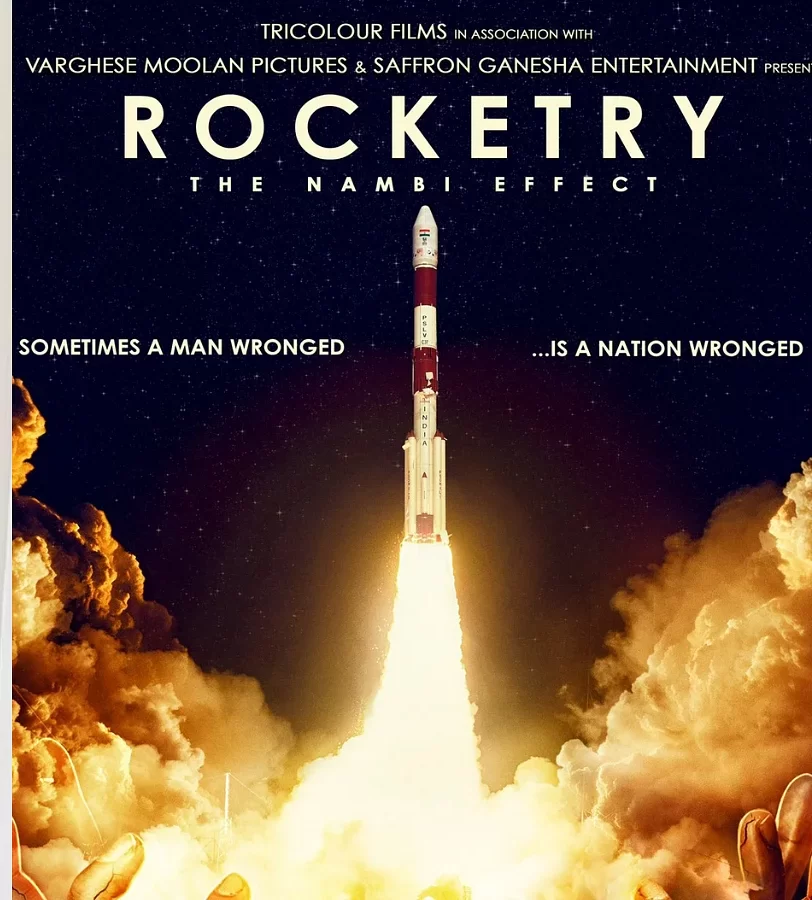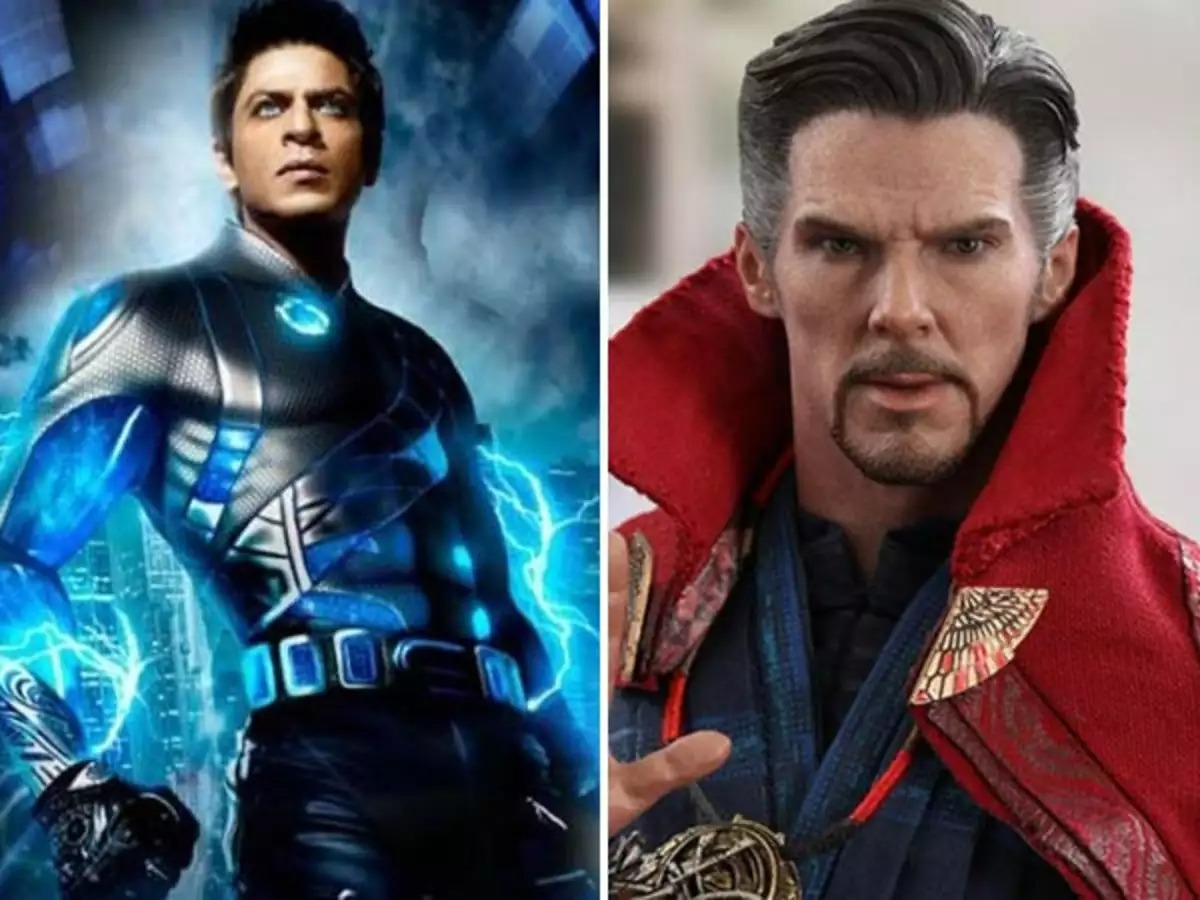MUMBAI: French film critic Michel Ciment sat down with director Martin Scorsese at the ongoing Cannes Film Festival, facing a full-house crowd and talked about his career, interspersed with the showing of six excerpts from his films.
From Mean Streets, his first collaboration with Robert DeNiro, which made quite an uproar in Cannes in 1973, to Taxi Driver that won the Palme d’Or in 1976, to his last film, The Departed, that finally won a coveted Oscar for Scorsese, more than 40 films mark the career of this NY director.
As a young boy he was sick with asthma and so was cut off from normal childhood sports and occupations. And it was his parents that introduced him to cinema, “My parents were working class and were not in the habit of reading books. So the only thing they could do with me is take me to the movie theatre. Ultimately, the connection to cinema and movies was made emotionally through my parents. And that’s the driving obsession, the emotional connection to film for me. At age 11, I saw films like The Big Heat with Lee Marvin and Gloria Graham, and East of Eden, which almost became a religious obsession with me. I began to wonder why I was feeling a certain way at a certain point in that film. And then I noticed a camera position or an actor. An example from Bonnie & Clyde: There’s a scene where Gene Hackman gets shot in the eye. And I imagined that as a close-up. I went to see the film again; it’s a medium shot. Why did I see it so close in my head? Sound effects, editing, position of the gun in the frame, all these things made me understand that you can actually construct images that tell a story.â€Â
He went to film school at New York University, but at the time, it was not a film school but rather a cinema department. “You don’t really need to go to film school to learn how to watch a film. You can learn everything you need to know with your eyes. The only way you really learn is to make a film. You have to have an obsessive nature, I think. You have to want to make the film more than anything else in life, I’m sorry to say…I received two short film scholarships; that was very important. Then my parents said, ‘Maybe he’s not that crazy since there are people who really like the picture.’â€Â
When talking about his inspirations: “The influence of the European cinema at that time in the late 50s and early 60s, the French cinema of Truffaut, Godard, Rivette and everyone, and Italian cinema, which means not really the narrative cinema of Hollywood…They made us understand that we didn’t have to tell a straight story… So for Mean Streets it took me three years. Harvey Keitel was a court stenographer at the time. After three weeks we ran out of money. I’d call him again 6 months later. He would complain: ‘I have a life, I have a job.’ What I learned is that at least we got through the process. And any film that you do is a marathon… And what I learned from working with Roger Corman, I learned discipline. Going there, doing your work, even when you don’t feel like it. What he did, is he taught me how to make a picture in 24 days.â€Â
Brian De Palma introduced Robert De Niro to him: “It was at a Christmas dinner. He talked about all these people he knew. He used to hang out in a different group, but I remembered him. He was 16 and so was I back then. He knew the people that I made Who’s That Knocking at My Door about. And he knew the people I wanted to make Mean Streets about. I didn’t know until many years later that his father was a painter, that we were not from the same class.â€Â
On how to combine storyboarding with improvisation, something he did a lot early in his career: “The storyboards were again done out of an obsessive nature. Any kind of filmmaking equipment, I just couldn’t afford it, so I started drawing pictures. The first thing I would do is draw the pictures and the editing patterns. It was done out of the need to do it. In a low-budget film, it was a security issue. You have to know what you have to get… In improvisational dialogue, it depended on the nature of scenes, how many angles I had and who’s in the frame.â€Â
On camera movement: “I became conscious of camera movement when I began to realize how certain scenes are made and why I was affected certain ways. But I really think it was through American musicals and the use of camera movement by Fellini, and the freedom of the camera in the French New Wave. I think it has more to do with choreography.â€Â
On Raging Bull (1980), which was initially De Niro’s project, being shot in B&W: “Several reasons, first of all that color stock was fading sooner than it should. The irony of growing up with B&W or color, getting to make films, but then being forced to make only color films, that’s when the color doesn’t hold, 5 years later it turns magenta. The other thing is that there were four other boxing films coming out at the time. We had to be different.”
On shooting the comedy After Hours (1985): “I didn’t realize it was that difficult, absurd humor, but I did know that I enjoyed every scene. It’s like The Departed. I didn’t really want to make the picture but there was something that kept me compelled to do the picture…The cab ride was literally one I had had one night and he had Flamenco music playing and we danced right through the city.â€Â
The Age of Innocence was based on use of language and wide screen: “I wanted to imbue the entire film with the language of the book. You can’t replicate a novel, but you take the essence of the novel and you make a film somehow… I wanted also to provoke the way language was being used on the soundtrack in that manner, not coming from characters, but coming from voice-over… I like wide screen a lot, but I don’t know if I really know how to use it well enough. Here we were experimenting with it. The use of painting, the texture of the paint, dissolves or the flower arrangements to be like brush strokes in this world that was teeming with sensuality.â€Â




